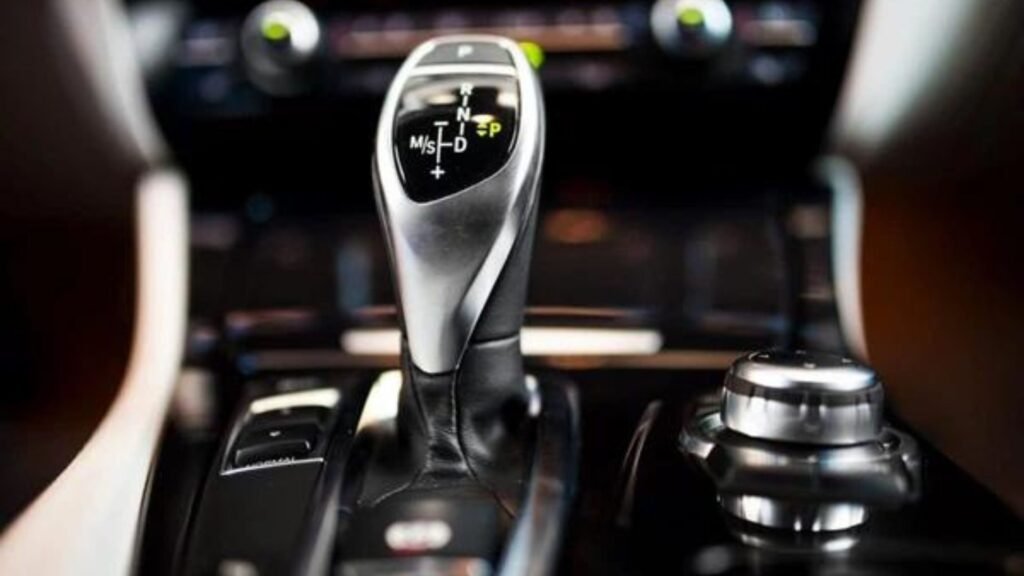Manual Cars Fuel Efficiency Compared
When choosing a car, fuel efficiency often plays a significant role. Many drivers wonder if manual cars are more fuel-efficient than automatic ones. In this post, we will compare manual cars and automatic cars regarding fuel efficiency, highlighting key factors and offering insights into which option might be more economical.

1. Manual vs. Automatic Transmissions
Basic Differences
Manual and automatic transmissions operate differently, affecting fuel efficiency. Manual transmissions require drivers to shift gears manually, while automatics handle gear changes automatically. This fundamental difference influences how each type of transmission impacts fuel consumption.
Gear Shifting and Fuel Efficiency
In general, manual transmissions offer greater control over gear selection. Skilled drivers can optimize gear changes to maintain engine efficiency and avoid over-revving. This control can lead to better fuel efficiency in some cases. On the other hand, automatic transmissions shift gears based on preset algorithms, which may not always be as efficient as manual shifting.
2. Fuel Efficiency Factors for Manual Cars
Engine Control
Manual cars allow drivers to control engine RPMs more precisely. By shifting gears at the right moments, drivers can keep the engine running in its optimal power band. This ability to manage engine speed can lead to improved fuel efficiency compared to automatic transmissions that might not always select the most fuel-efficient gear.
Driving Style Impact
Driving style significantly affects fuel efficiency in manual cars. Drivers who shift smoothly and avoid aggressive acceleration can achieve better fuel economy. In contrast, drivers who frequently engage the clutch or shift poorly might see reduced fuel efficiency. Proper driving techniques play a crucial role in maximizing the benefits of a manual transmission.
3. Fuel Efficiency Factors for Automatic Cars
Advanced Technologies
Modern automatic transmissions often feature advanced technologies like continuously variable transmissions (CVTs) and dual-clutch systems. These technologies optimize gear ratios for better fuel efficiency. CVTs, for instance, can provide a seamless range of gears, improving engine efficiency and fuel consumption.
Transmission Programming
Automatic transmissions are programmed to shift gears at specific points for optimal performance. While this programming can enhance driving comfort, it might not always result in the most fuel-efficient gear changes. Some automatics prioritize performance or smoothness over fuel economy, affecting overall efficiency.
4. Comparing Real-World Fuel Efficiency
Manual Car Examples
In real-world scenarios, manual cars often show slightly better fuel efficiency compared to their automatic counterparts. For example, a manual version of a car model might achieve 25 miles per gallon (MPG) while the automatic version achieves 23 MPG. This difference can vary depending on the car make and model, as well as driving conditions.
Automatic Car Examples
Modern automatic cars with advanced transmission technologies can match or even exceed the fuel efficiency of some manual cars. For instance, an automatic equipped with a CVT might achieve 30 MPG, while a manual version of the same model might only achieve 28 MPG. The gap in fuel efficiency is narrowing as automatic transmission technology improves.
5. Driving Conditions and Fuel Efficiency
City vs. Highway Driving
Fuel efficiency can vary based on driving conditions. Manual transmissions may offer advantages in city driving where frequent gear changes are necessary. Skilled manual drivers can optimize shifts to maintain better fuel efficiency in stop-and-go traffic.
Conversely, automatics might perform better in highway driving due to their ability to smoothly handle higher speeds and maintain optimal engine RPMs. CVTs and modern automatics can efficiently manage highway cruising, potentially improving fuel economy on long trips.
Traffic and Driving Habits
Traffic conditions and driving habits also influence fuel efficiency. In congested traffic, a manual transmission might offer better control for efficient gear changes. However, in heavy traffic, frequent gear changes in a manual car might become tiring, making an automatic transmission more convenient despite a potential slight drop in efficiency.
6. Maintenance and Fuel Efficiency
Regular Maintenance
Regular maintenance is crucial for optimal fuel efficiency, regardless of the transmission type. For manual cars, keeping the transmission and engine in good condition ensures smooth operation and better fuel economy. Similarly, maintaining an automatic transmission with regular fluid changes and inspections can help it perform efficiently.
Transmission Health
Transmission health impacts fuel efficiency. A well-maintained manual transmission can contribute to better fuel economy, while an automatic transmission in poor condition might reduce efficiency. Regular checks and timely repairs are essential for maintaining both types of transmissions.
Conclusion
In conclusion, manual cars often offer slightly better fuel efficiency compared to automatics due to greater control over gear shifts and engine RPMs. However, advancements in automatic transmission technology, such as CVTs and dual-clutch systems, have significantly improved their fuel efficiency. Real-world fuel efficiency depends on various factors, including driving conditions, style, and vehicle maintenance. Both manual and automatic transmissions have their advantages, and the best choice depends on individual preferences and driving needs. By understanding these factors, you can make an informed decision and choose a car that aligns with your fuel efficiency goals.

